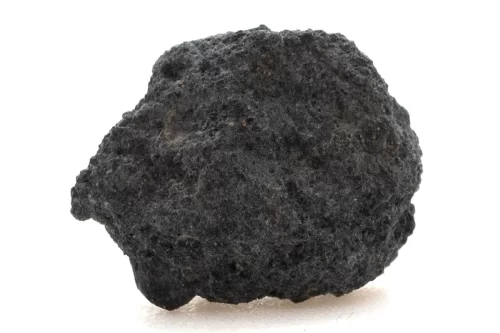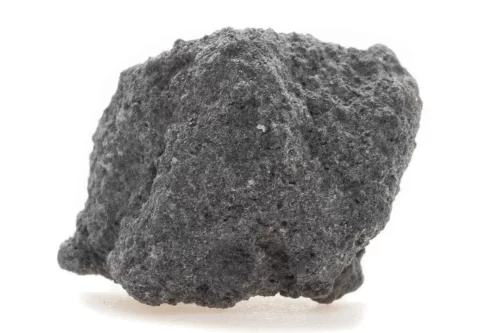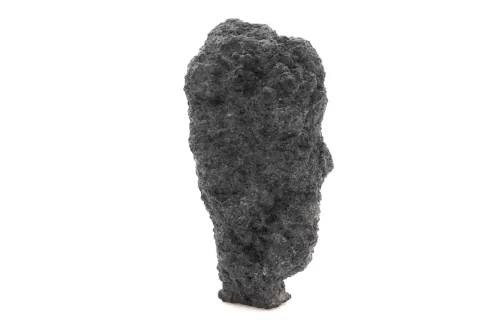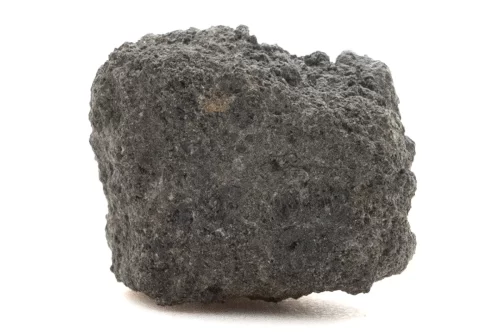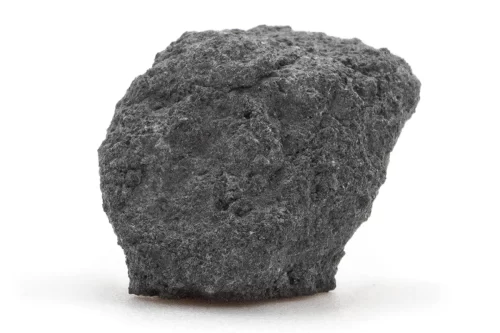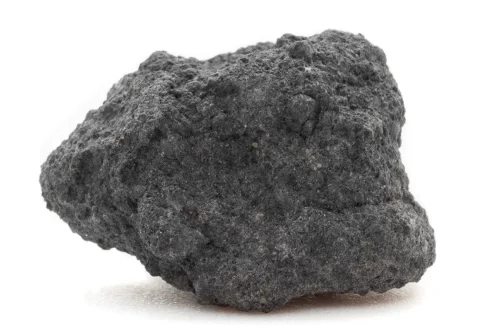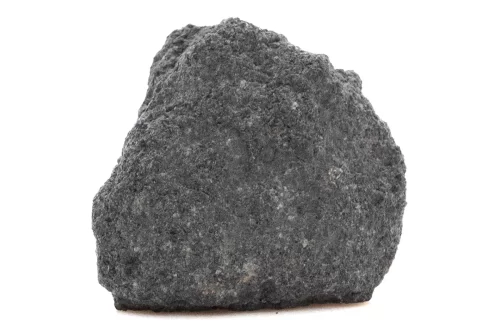Northwest Africa 12925 | CK5
Carbonaceous chondrite, CK5
Morocco, 2018
Found in 2018, NWA 12925 was purchased in Morocco before being submitted for classification. The stone displays a delicate, fusion-crusted exterior and a grey interior sporting some scattered visible CAIs and large chondrules. Though the parent body of these space rocks has yet to be identified, scientists think the anomalies found in the meteorite’s rare earth element abundances are property these rare rocks inherited from the refractory precursors the early solar nebula produced.
NWA 12925 is a carbonaceous chondrite, meaning that they contain organic compounds, even water, and amino acids. It’s important to note that while they contain compounds essential to life, the presence of these compounds in these meteorites does not imply that life was present in them or on the parent body from which the meteorite originated. The CK group, which takes its name from the Karoonda meteorite that fell in Australia, is described as being “distinguished by abundant fine-grained matrix (~75 vol%), mm-sized chondrules that lack igneous rims, relatively few refractory inclusions, and a high degree of oxidation,” by the Meteoritical Society.
Showing all 9 results
